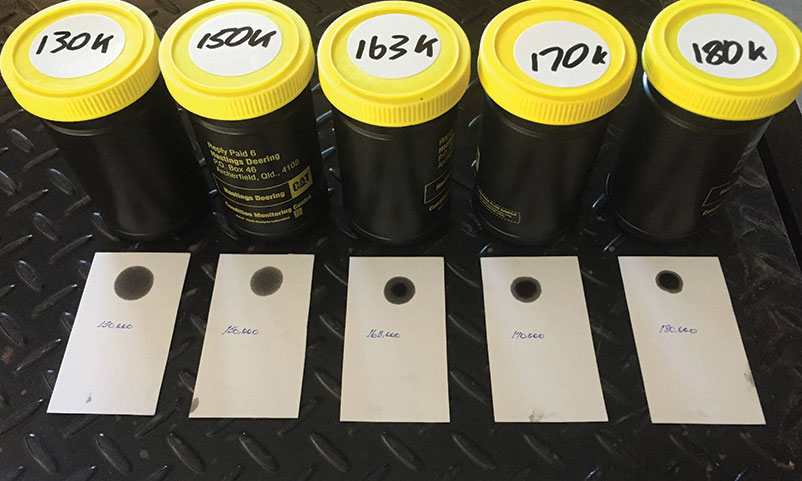The supply of lubricant to all parts of an engine is paramount to its ongoing performance and life.
This is a topic which is regularly discussed in the field of lubrication and one which at times can leave end users a little confused with reported results.
Individuals report that, after having changed the brand of engine lubricant and comments that the oil pressure dropped away. Is the inference they cite regarding the brand and the perception that the quality could be called into question, valid? (For the purposes of this article we assume there has been a like for like change of oil.) (There are differences in the fluid dynamics of most engine oils, with base oil type, and viscosity indexes varying significantly which is the result of the engineers outlook and intentions for the a particular product.)
Is this common topic perception or reality and is low oil pressure inherently disadvantageous? Why don’t end users complain about higher oil pressure?
The definition of pressure is essentially “resistance to flow”. Resistance to flow within the lubricant itself and resistance which is the result of mechanical action and settings established by engine manufacturers.
In a conventional internal combustion engine, lubricant reaches all parts of an engine via the oil pump and usually passes through the oil filter before being distributed throughout the engine via the myriad of oil galleries which also involves flow through smaller orifices depending on the componentry, the function it performs and its’ location within the engine.
A pressure sensor is usually positioned downstream of the filter unit to monitor this critical aspect of every engine lubrication system.
The important criterion for optimum lubrication is oil flow, (which involves pressure), and not necessarily oil pressure alone. There is a distinction. Low oil pressure is not necessarily bad, but can be beneficial within the limits predetermined by the relevant engine manufacturer. Alternatively, high oil pressure is not necessarily good, at times it could be of a concern.
As pressure is the result of a resistance to flow, an engine with larger oil galleries and using a lower viscosity lubricant will have a faster flow rate with lower oil pressure which is a desirable characteristic indeed when viewed through the prism of long life.
Conversely, an engine with smaller galleries which uses a higher viscosity lubricant will have less flow and higher oil pressure which could have longer term implications regarding engine longevity. If this extreme scenario were allowed to persist, much less lubricant would reach critical parts and excess wear would rapidly lead to severe problems.
Persistent excess high pressure can cause seal damage and adversely affect other componentry as well.
At cold startup
An engine’s oil pressure develops as the oil pump delivers the lubricant to the critical parts of the engine. Given this procedure is both unavoidable and occurs frequently, best protection of an engine’s componentry is achieved by a lubricant with good cold flow properties. Oil pressure is always highest upon startup, because the lubricant’s viscosity which is determined by the ambient temperature, has a higher resistance to flow. Optimum lubrication is achieved when the engine heats the lubricant sufficiently and stable oil pressure is realized. The time before this optimum point is realised, results in increased wear, albeit minutely, for a relatively short period of time.
Everyday operation
Ideally, oil pressure, in most conventional engines should exhibit consistency and be stable within reason, with any large increases or decreases from the norm needing quick investigation for possible mechanical problems. Contact with the vehicle manufacturer via your local vehicle dealer spare parts division to learn of the operating pressure range is recommended.
Points to remember
- Oil pressure that quickly stabilises after start-up is most desirable.
- Large increases or decreases in oil pressure that depart from the normal range for an engine should be investigated without delay.
- Use of high quality engine lubricants that have high Viscosity Indexes, VI’s, which minimises excessive oil thinning at temperature, are desirable.
- An engine’s cooling capacity is directly affected by the lubricant’s flow rate. High viscosity engine lubricants which are in excess of need, which in turn increase oil pressure, can have a detrimental effect on the engine’s lifespan.



0 Comments